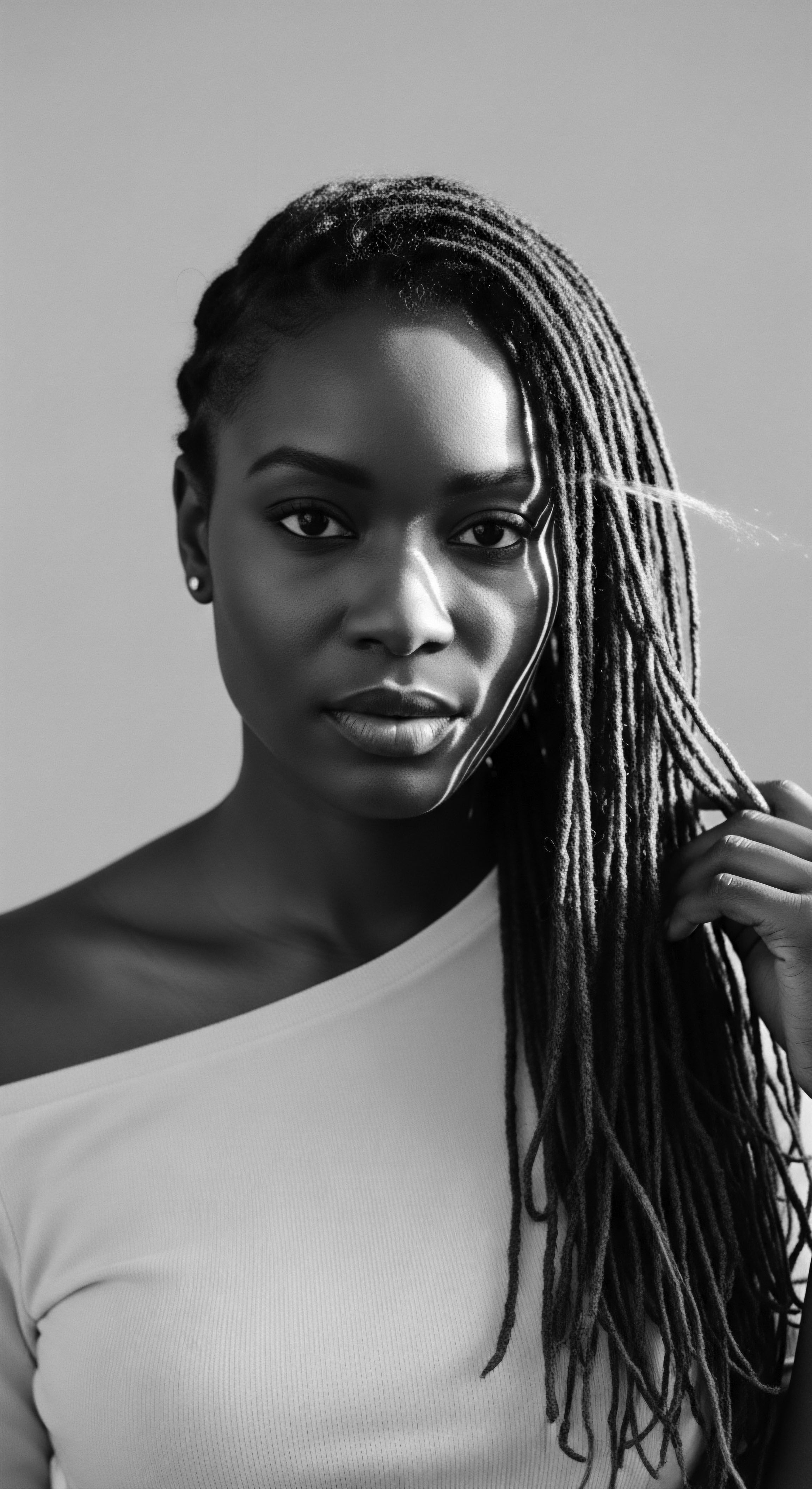
How do head wraps maintain moisture for textured hair in dry climates?
Head wraps maintain moisture for textured hair by creating a protective microclimate, drawing from a rich heritage of environmental adaptation and cultural resilience.
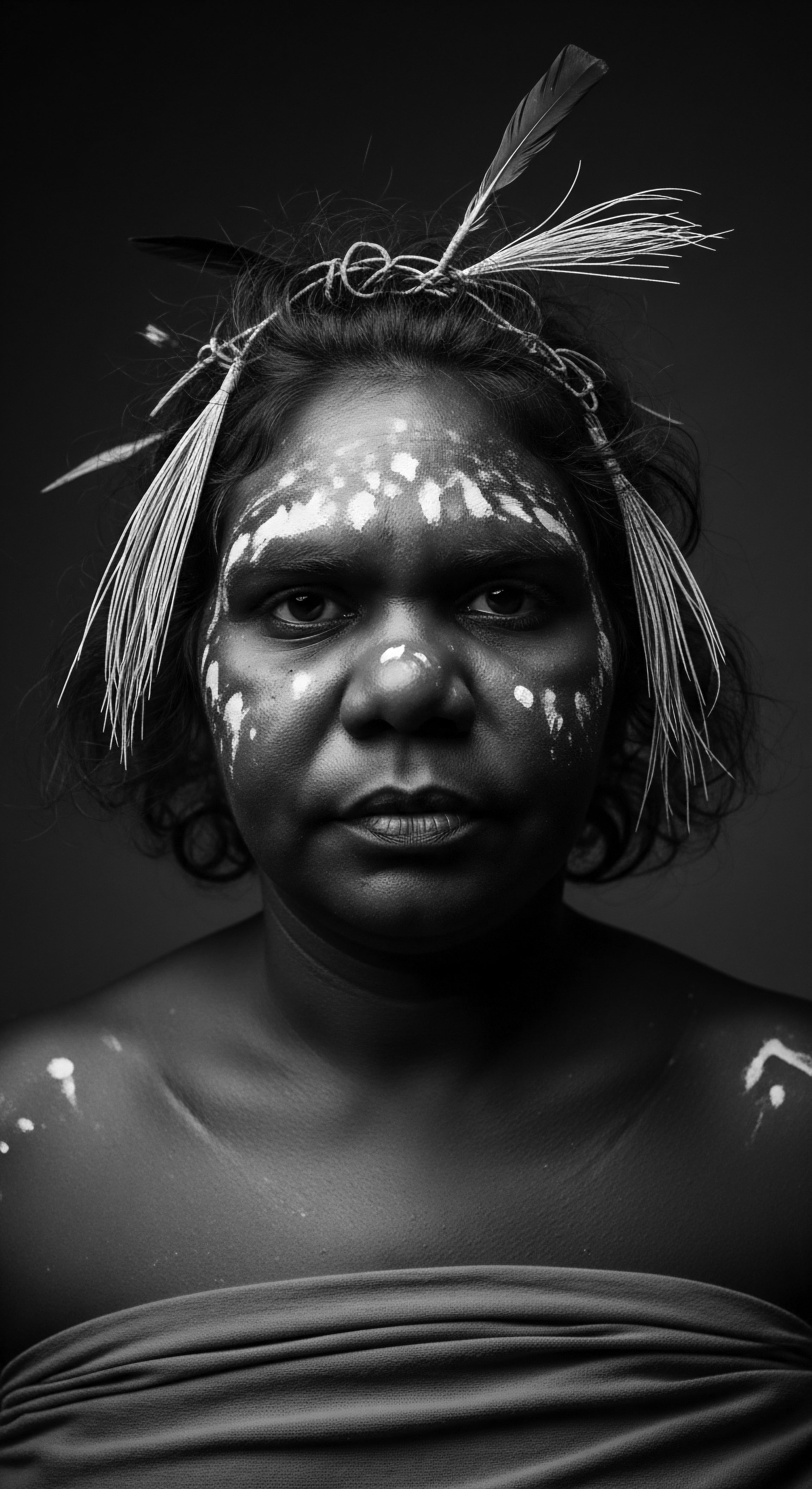
What are the historical and spiritual connections between head wraps and textured hair identity?
Head wraps embody a rich heritage for textured hair, symbolizing spiritual protection, cultural identity, and powerful resistance across generations.
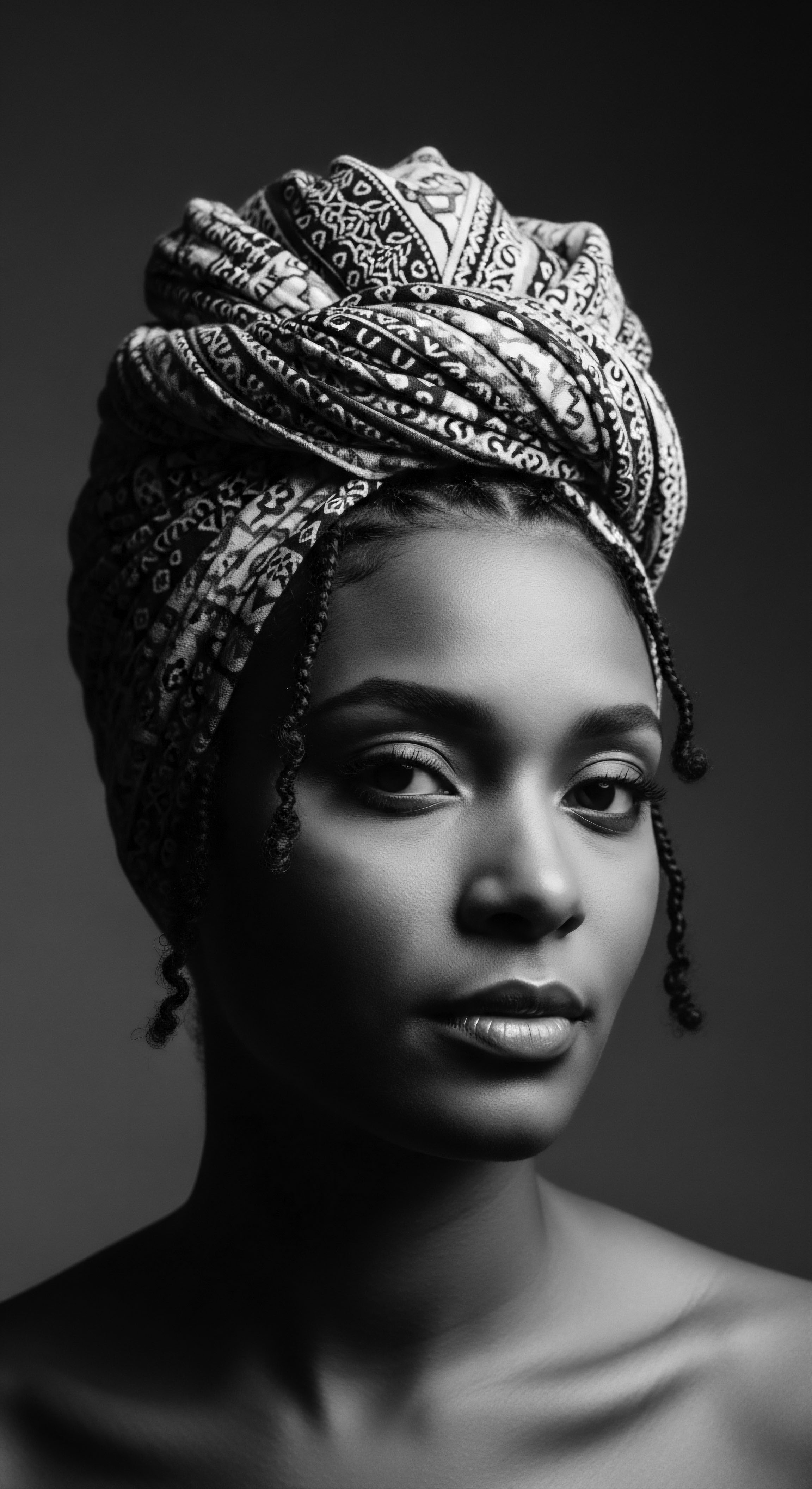
How do head wraps protect textured hair from environmental elements?
Head wraps shield textured hair from environmental elements by honoring ancestral wisdom of protection and moisture preservation.
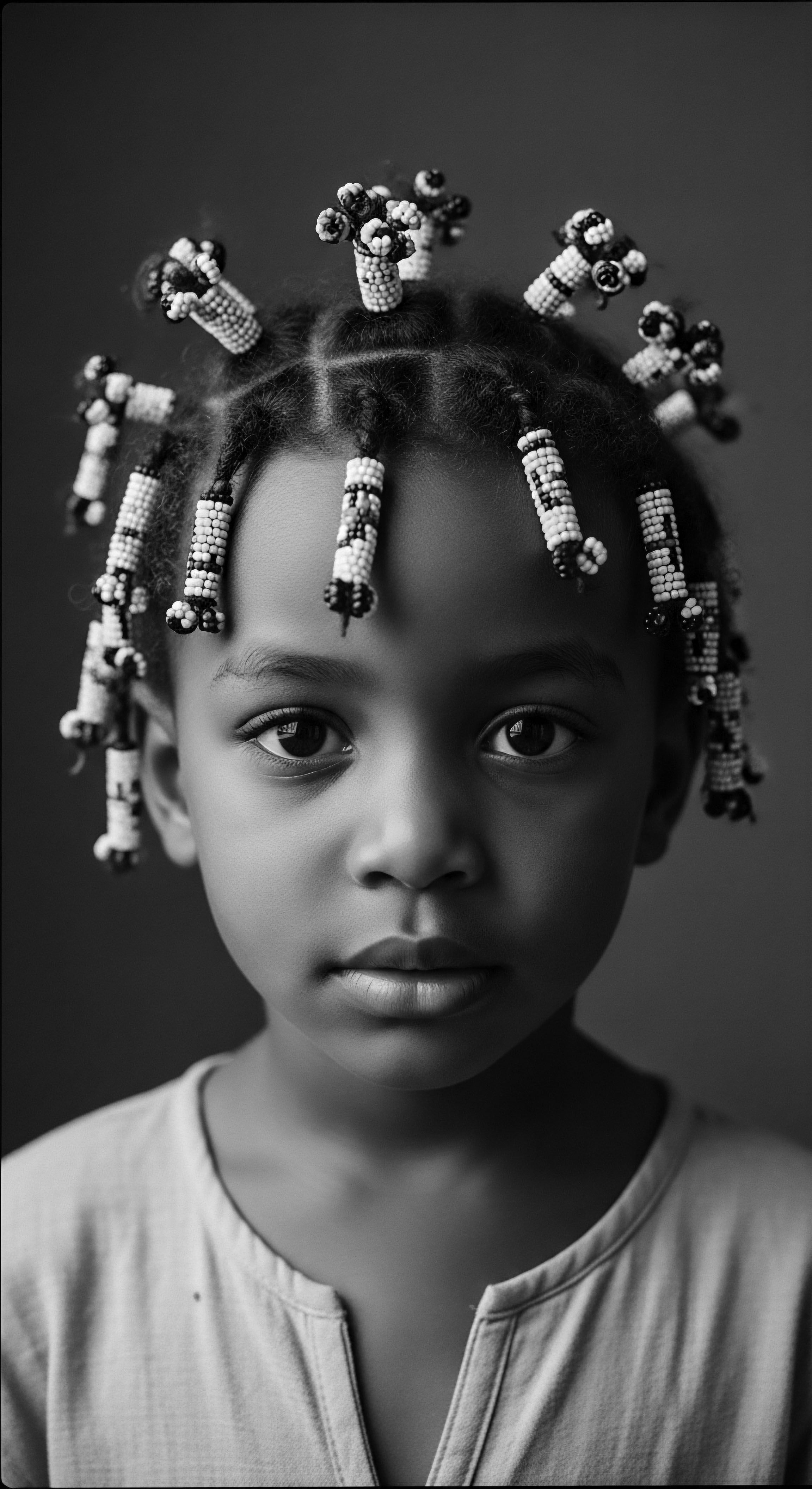
What is the historical link between head wraps and protective styling for textured hair?
Head wraps and protective styles connect directly to textured hair heritage by safeguarding strands through generations, from ancient necessity to cultural expression.

What ancestral tools shielded textured hair at night?
Ancestral tools like plant-based wraps and early head coverings shielded textured hair at night, preserving styles and moisture through a deep heritage of care.
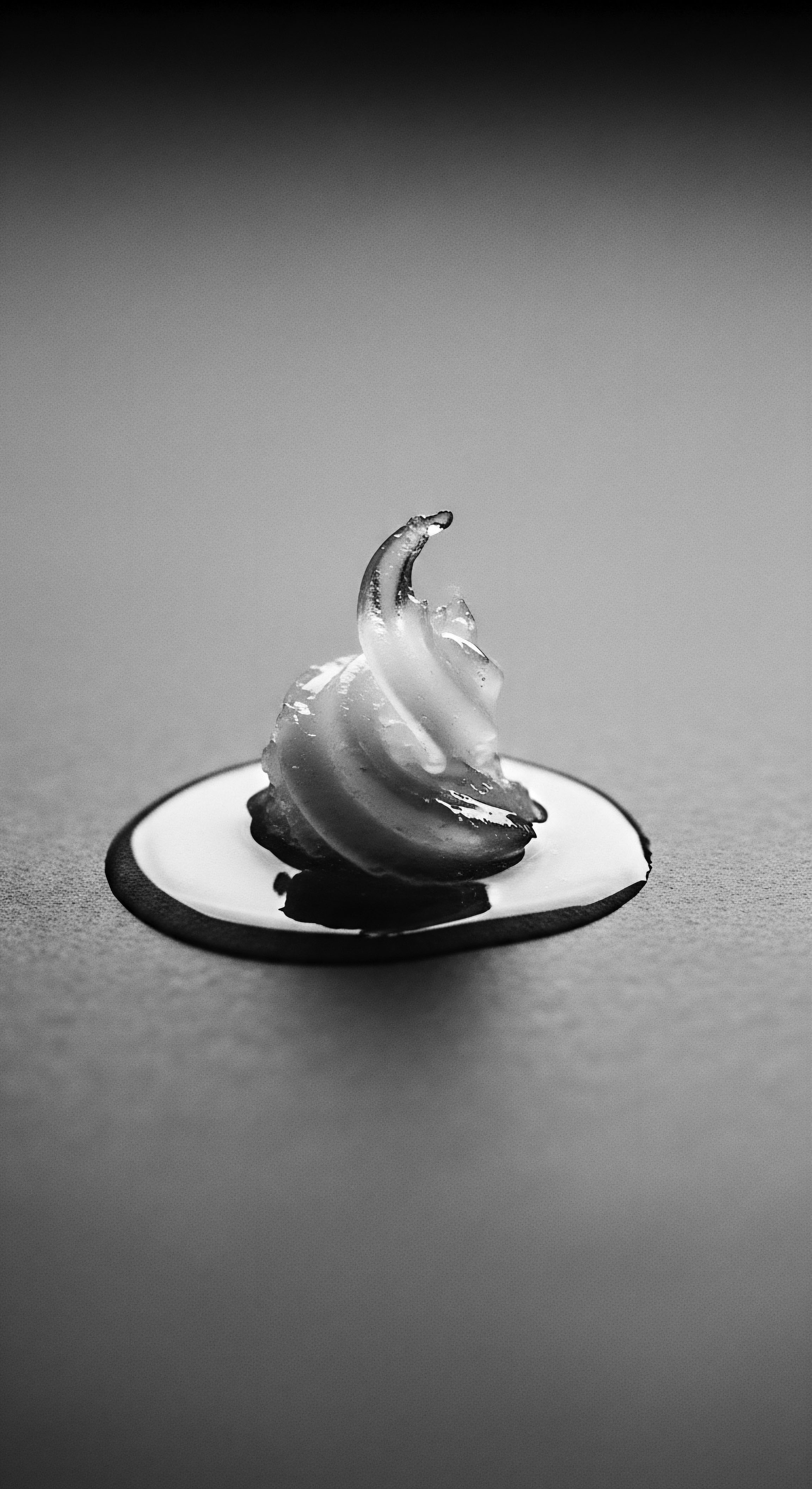
In what ways do head coverings aid hair health for textured hair?
Head coverings protect textured hair from friction and environmental elements, preserving moisture and preventing breakage, a practice deeply rooted in ancestral care and cultural heritage.

How did head wraps become symbols of Black heritage?
Head wraps became symbols of Black heritage through their evolution from traditional African adornment to defiant cultural statements against oppression, rooted deeply in textured hair care and identity.

What historical practices parallel bonnet use for hair?
Historical head coverings and night wraps across cultures provided essential protection for textured hair, paralleling the modern bonnet's function.

What historical impact did Tignon Laws have on Black hair?
The Tignon Laws, designed to oppress, paradoxically spurred Black women to transform head-wraps into symbols of cultural pride and enduring textured hair heritage.

What cultural meanings did head wraps convey in African diaspora traditions?
Head wraps in the African diaspora conveyed protection, identity, spiritual connection, and powerful resistance for textured hair heritage.

How did past generations preserve textured hair moisture overnight?
Past generations protected textured hair moisture overnight with plant-based emollients, tight protective styles, and head coverings.

What cultural significance do head wraps hold for Black heritage?
Head wraps signify deep cultural heritage for Black communities, reflecting resilience, status, and protection for textured hair across generations.

What traditional care practices relate to head coverings for textured hair?
Traditional head coverings for textured hair offer protection and symbolize identity, spirituality, and cultural heritage.

Did ancient hair practices align with modern sun science for textured hair?
Ancient hair practices intuitively aligned with sun science, offering physical barriers and nourishing care rooted in heritage.

Why do certain fabrics, like cotton, affect textured hair’s moisture levels?
Cotton's absorbent cellulose structure draws moisture from textured hair, a challenge historically addressed through ancestral protective practices and material choices.

What traditional practices protected textured hair from moisture loss?
Traditional practices protected textured hair through natural oils, butters, and strategic styling that honored its unique heritage and preserved its inherent moisture.

What ancestral styling methods are still practiced today to protect textured hair?
Ancestral styling methods for textured hair, rooted in African heritage, involve protective braiding, diligent oiling, and specialized coverings that minimize manipulation and maintain moisture.

How did head coverings become a symbol of resilience in Black hair heritage?
Head coverings became symbols of resilience in Black hair heritage through historical subversion, cultural preservation, and ongoing protection.

How did historical practices safeguard textured hair at night?
Historical practices safeguarded textured hair at night using protective wraps, natural oils, and specific styling to preserve heritage.

What ancestral practices safeguard textured hair against nocturnal friction?
Ancestral practices, like protective styling and natural head coverings, shield textured hair from nocturnal friction, preserving its heritage.

Which traditional hair practices offered sun defense for textured hair?
Traditional hair practices for sun defense for textured hair harnessed physical barriers like styling and coverings, alongside natural oil and clay applications, rooted in ancestral heritage.

What materials are best for textured hair protection and why?
The best materials for textured hair protection include smooth fabrics like silk and satin, and plant-based butters and oils, all rooted in heritage for moisture and friction reduction.

